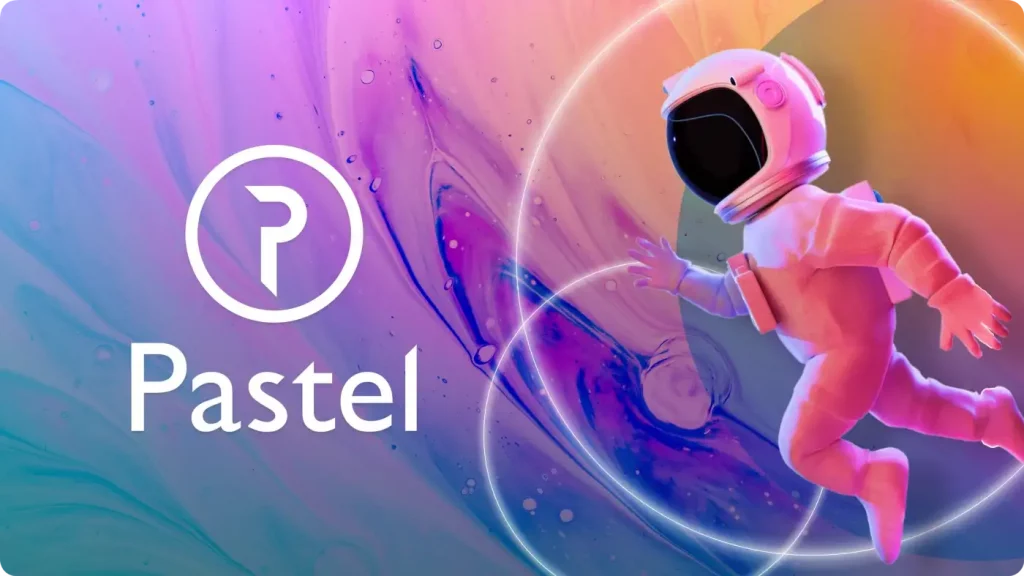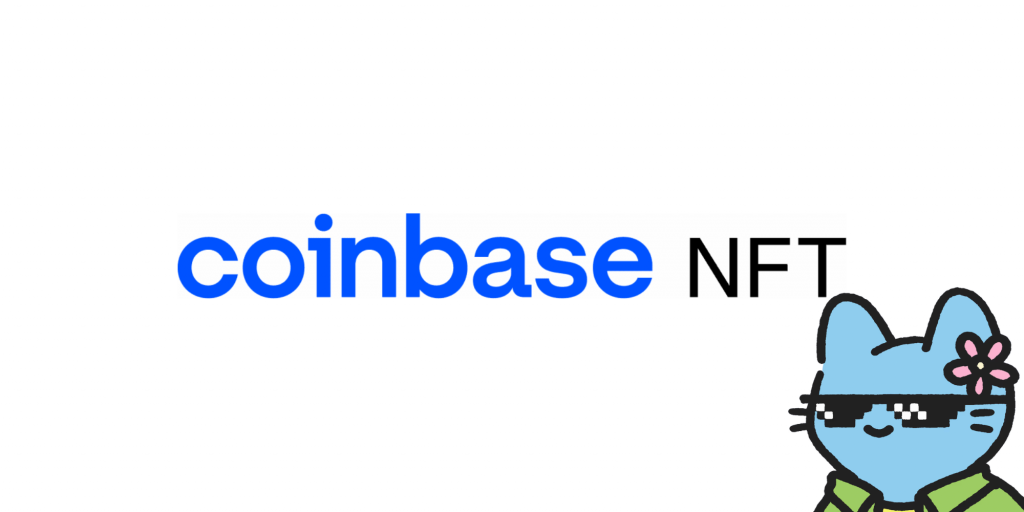NFT rarity refers to how common a particular NFT is within a collection; typically, the rarer the NFT in a sought-after collection, the higher the pricetag.Â
But how exactly does NFT rarity work?
When an NFT is minted, it has unique properties, also known as traits, that cannot change. Although NFTs can share a trait, no two NFTs are typically identical in a randomized collection.Â
NFTs with a combination of rarer features generally sell for a higher price than those with normal features. As the floor price of a collection increases, the rarer NFTs also tend to increase more in value than the collection average.Â
This article will cover the top three ways to check NFT rarity and the top three rarity-checking tools to help you get the most out of your investments.
How To Determine NFT Rarity
Understanding how to spot rarity in advance will give you an advantage in NFT collecting, informing your purchase decision.
Rating Traits
Rating traits are when an investor compares the rarest individual traits of each NFT in a single collection to determine which asset is the most valuable.Â
The easiest way to do this is through OpenSea, where you can create, buy and sell NFTs. On OpenSea, you can view an entire collection when clicking on an NFT. The average collection size is 10,000 items, though this can be lower for some projects.
When clicking on an NFT, its different traits can be seen below its main image on the left. OpenSea automatically shows what percentage of NFTs share that particular trait, which allows you to determine the rarity.Â
However, this technique has a major flaw. It only looks at the rarest attribute of each NFT, ignoring the others.
Though it is a simple method, its drawback lies in considering just the rarest attribute of each NFT, whereas all other attributes are ignored. For example, when using this technique, an NFT with one super rare feature but five common features may be considered rarer (and thus more valuable) than an NFT with three rare features but no super rare ones.
This is where the average trait rarity technique can help.
Average Trait Rarity
Average trait rarity is when the rarity of all traits are added together and then divided by the total number of traits. For example, the average trait rarity for one particular BoredApe would look like this:Â
13 + 1 + 17 + 14 + 1 +7 = 53
53 / 6 = 8.83
This number would then be compared with another Ape, for example:Â
13 + 2 + 5 + 7 + 14 + 4 + 23 = 68
68 / 7 = 9.7
With this technique, the first ape would be considered rarer than the second due to its lower score.
The Average Trait Rarity technique is more effective than rating individual traits, as it compares the average of each attribute.
However, it’s not without flaws. With an average being taken, super rare traits can often be overlooked on NFTs, with one super rare trait and the remainder being average.Â
This can cause investors to miss out if they focus solely on an average without looking at the individual traits.
Statistical Rarity
The most popular technique is statistical rarity. This process uses a spreadsheet and is slightly more technical than others in this list.
To use it, all trait rarities are multiplied to work out the overall rarity of an NFT.
The two examples above would look like this:
Ape 1:
13% x 1% x 17% x 14% x 1% x 7% = 0.00000002
Ape 2
13% x 2% x 5% x 7% x 14% x 4% x 23% = 0.00000001
Using this technique, the second ape would be considered rarer than the first, creating problems for investors who use different methods to test rarity.
So, what are the alternatives?
Several rarity tools based on the Rarity Score approach have been created to help investors choose the right NFT. Here are the top 3 options.
The Best Rarity Tools
OpenSea Rankings
OpenSea uses a tool to analyze the volume and floor price of an NFT to display its ranking.
The collection stats tab lets you view the top-ranking projects based on sales volume, % rise in price, floor price, total sales, and more. When clicking on a project, you can view the rarity of each NFT to help inform your investment decision. It’s free of charge and can be used as part of the platform.
Rarity.tools
Rarity.tools is one of the most trusted NFT rarity checkers and can be used for free. It works in a similar way to a search engine, with a focus on NFT built on the Ethereum and Solana blockchains.Â

You can filter NFTs based on sales volume, average price, and top collections through the website. It also lets you view upcoming projects, which makes it great for investors who want to move away from the current market leaders.Â
Trait Sniper
Trait Sniper is a relatively new tool that lets you compare NFT attributes. The tool looks at all NFT projects, which makes it great for investors looking to buy from upcoming NFTs with a potential to rise in value. It has both a free and a paid version, with the paid version offering real-time notifications for the latest NFT projects and an overall score.

What Is The Best Solution To Determine Rarity And Price?
Although there’s no one shoe fits all solution, tools such as OpenSea, Trait Sniper, and Rarity.tools are a great way to kick-start your NFT investments.
They’re easy to use, making them perfect for new investors or experts looking for additional data.
However, it’s important not to rely on them entirely. They’re tools and should be used as such. You can use them to find out how rare an NFT is; however, this doesn’t guarantee the success of that NFT or the whole project.
If the market is going through a turbulent period, a whole collection may decrease in price whether you own the rarest NFT. Therefore, it’s always important to conduct your market research and use these tools to supplement your findings.









